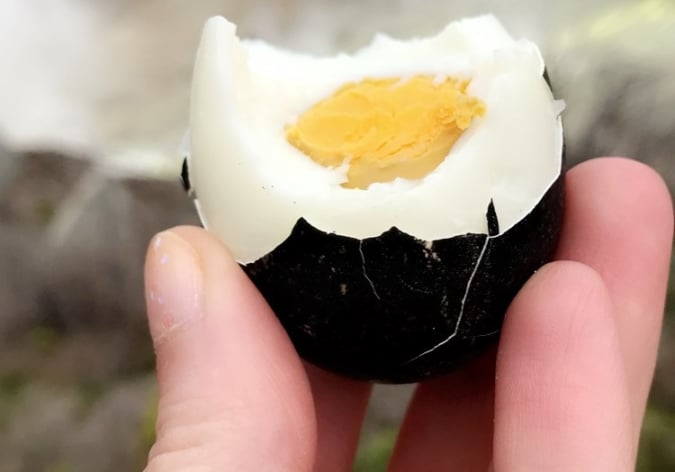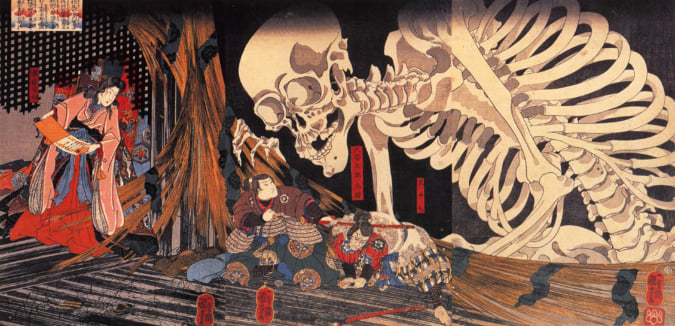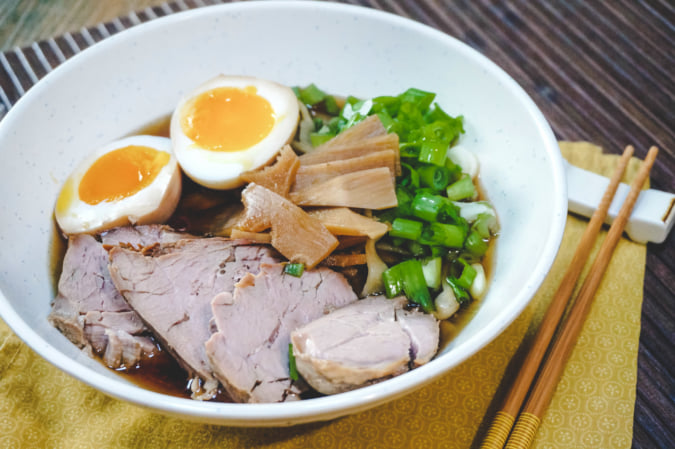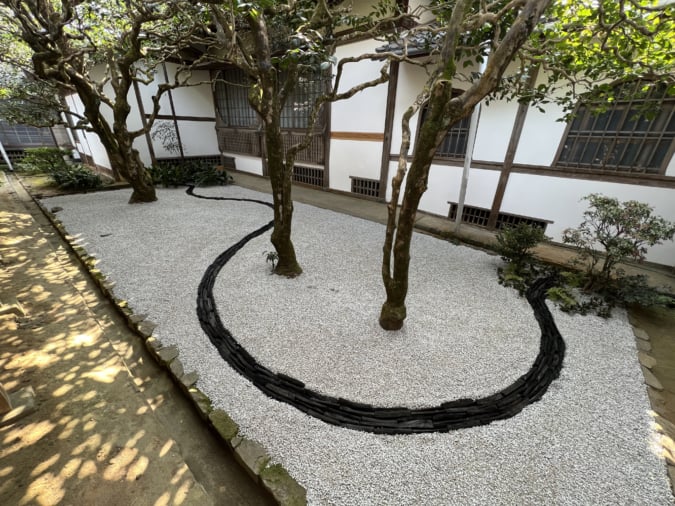‘Tokyo no ie’, an Architectural Stroll
Photographer Jérémie Souteyrat captured around sixty houses in Tokyo, constructed by great Japanese architects.
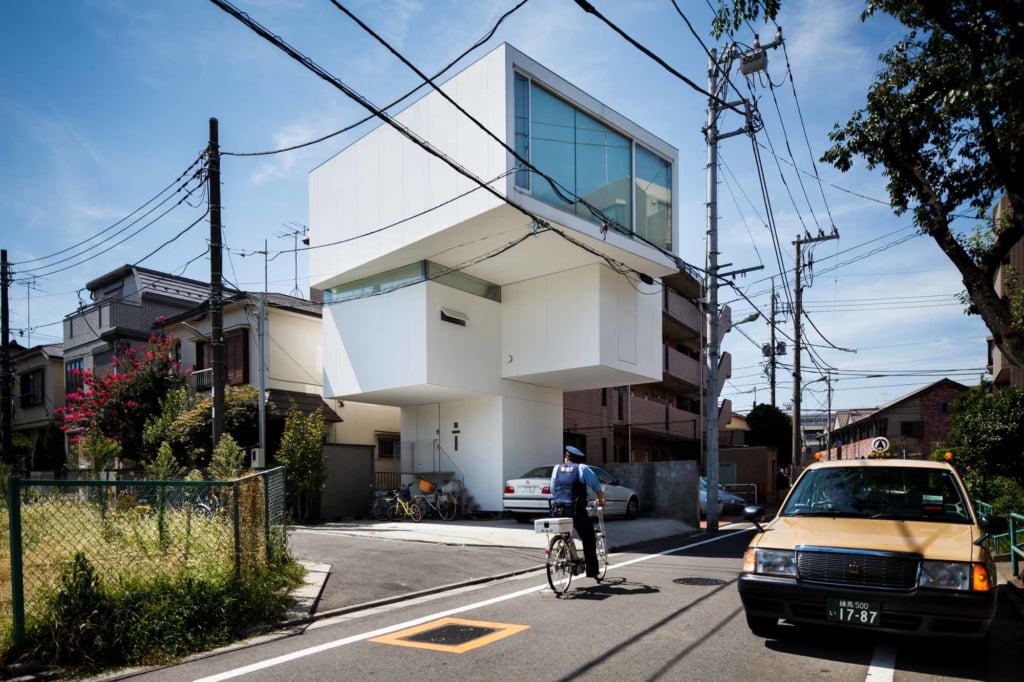
© Jérémie Souteyrat
Jérémie Souteyrat is a French photographer who has been living in London since 2018. After graduating in mechanical engineering in 2001, he started out in photography while on his travels. Things started moving more quickly in 2009 when he left his job and went to live in Japan. While there, he worked as a photographer and captured portraits of cultural and societal subjects for various international newspapers and magazines like the New York Times, The Guardian, Le Monde, and Der Spiegel.
In 2010, Jérémie Souteyrat began wandering through the streets of Tokyo, looking for houses designed and built by the most famous Japanese architects. For four years, he photographed Kengo Kuma‘s wooden creations, the mini houses that are the specialty of Atelier Bow Wow, and Sou Fujimoto‘s geometric constructions. However, the photographer wanted to give this series of images a documentary slant: these houses, often nestled in the heart of the city’s residential districts, are designed to form part of a whole. The focus is not placed on their specific features, but rather on the way in which they blend into the landscape.
Placing these houses in their environment
Compiled in a book entitled Tokyo no ie, with an afterword written by Kengo Kuma, these 61 colour photographs seek to reflect the everyday existence of these often exceptional houses. They appear to have landed by mistake, in all their extravagance, in the middle of a mass of houses in which all the residences are similar and seem to have been cast from the same mould.
These buildings call out to the passerby, reminding them to remain attentive: even a residential area that at first appears banal can conceal an architectural gem for those wishing to find it.
Tokyo no ie (2014), a book of photographs by Jérémie Souteyrat, is published in French, English, and Japanese by Lézard Noir.
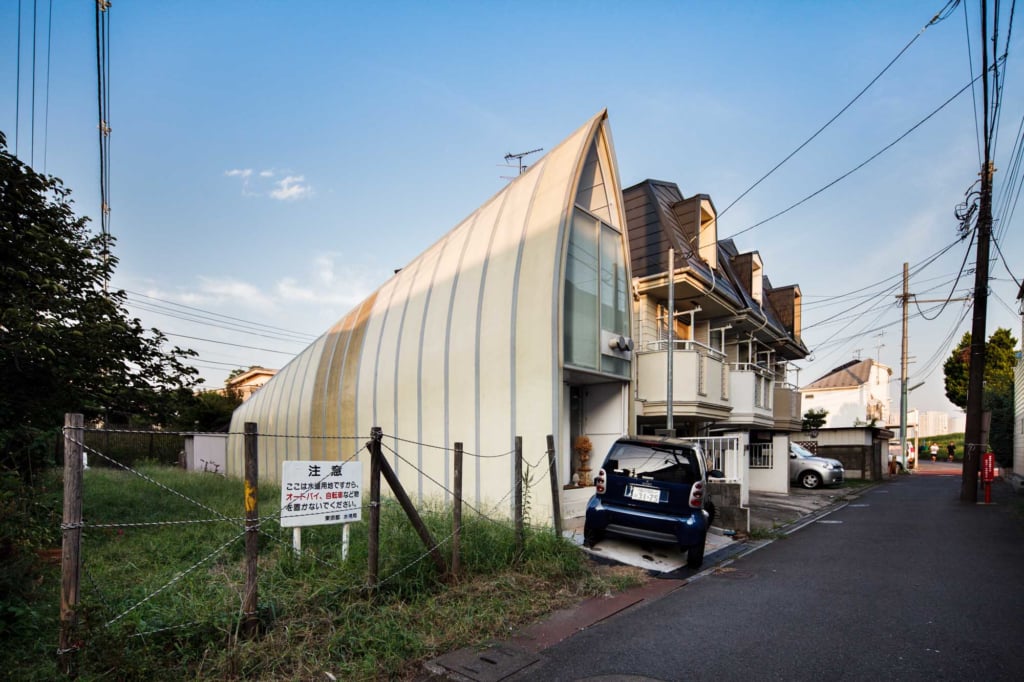
© Jérémie Souteyrat
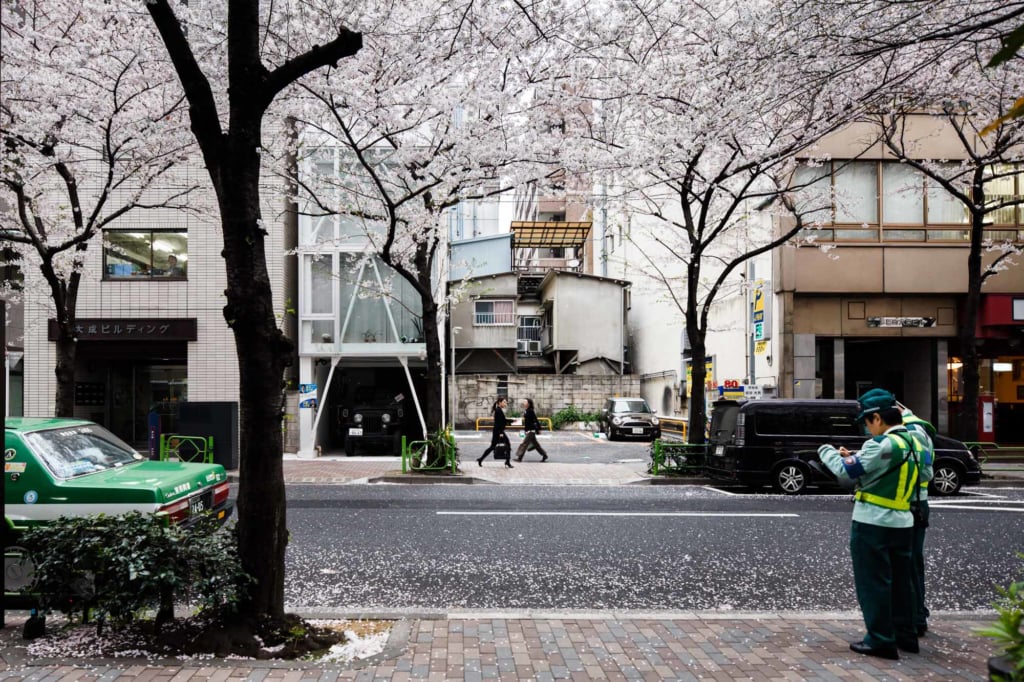
© Jérémie Souteyrat
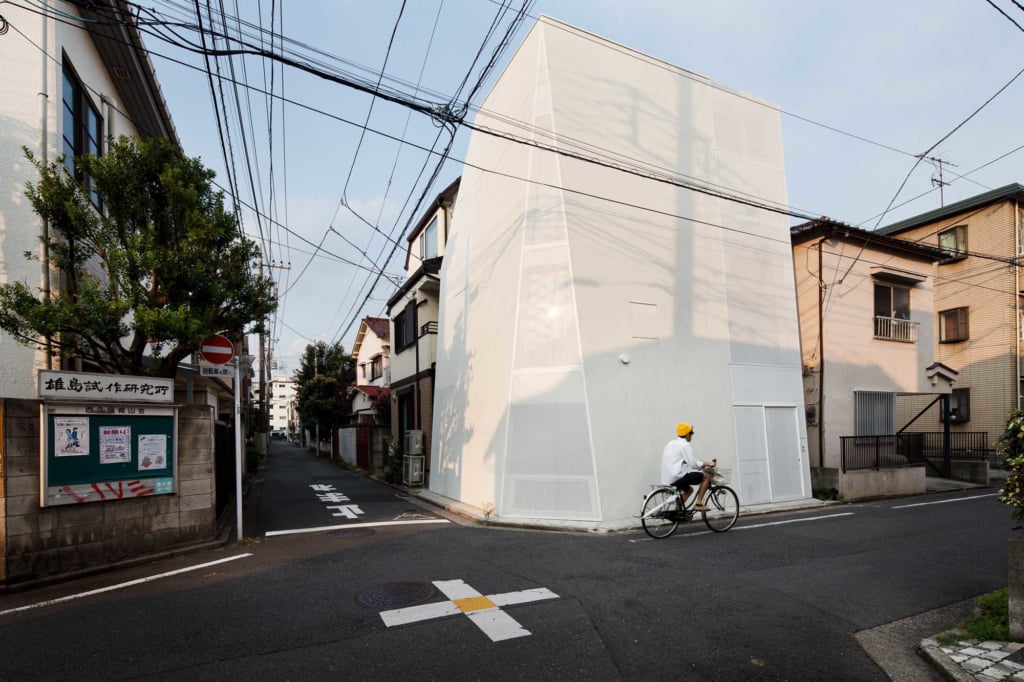
© Jérémie Souteyrat
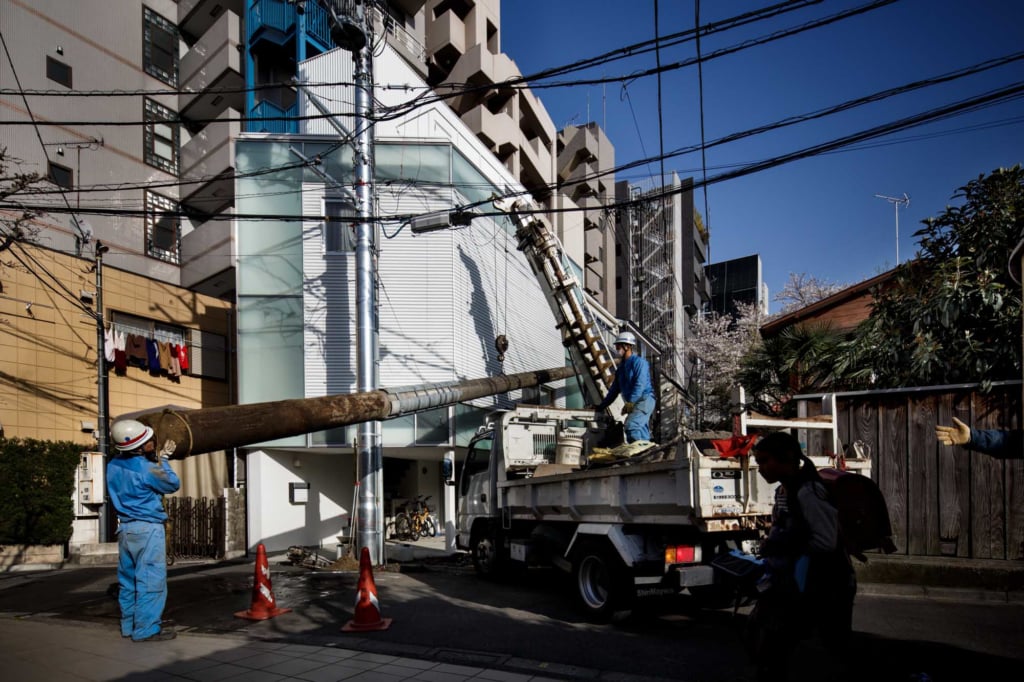
© Jérémie Souteyrat

© Jérémie Souteyrat
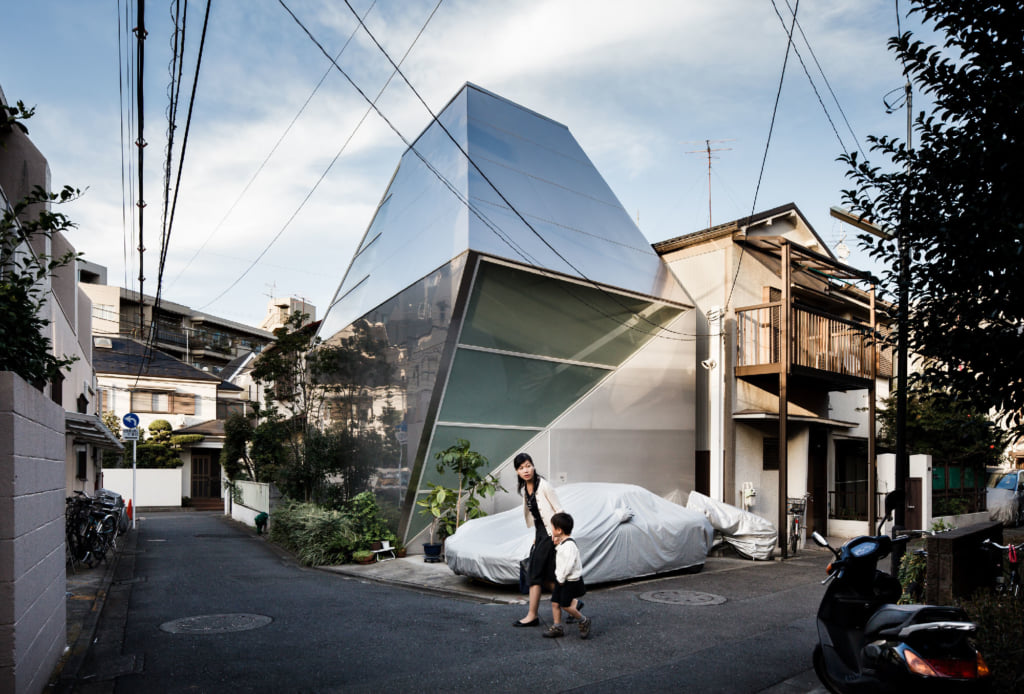
© Jérémie Souteyrat
TRENDING
-
The Tradition of the Black Eggs of Mount Hakone
In the volcanic valley of Owakudani, curious looking black eggs with beneficial properties are cooked in the sulphurous waters.

-
Gashadokuro, the Legend of the Starving Skeleton
This mythical creature, with a thirst for blood and revenge, has been a fearsome presence in Japanese popular culture for centuries.

-
Recipe for Ichiraku Ramen from ‘Naruto’ by Danielle Baghernejad
Taken from the popular manga with the character of the same name who loves ramen, this dish is named after the hero's favourite restaurant.

-
A Rare Japanese Garden Hidden Within Honen-in Temple in Kyoto
Visible only twice a year, ‘Empty River’, designed by landscape architect Marc Peter Keane, evokes the carbon cycle.

-
‘YUGEN’ at Art Fair Tokyo: Illumination through Obscurity
In this exhibition curated by Tara Londi, eight international artists gave their rendition of the fundamental Japanese aesthetic concept.

